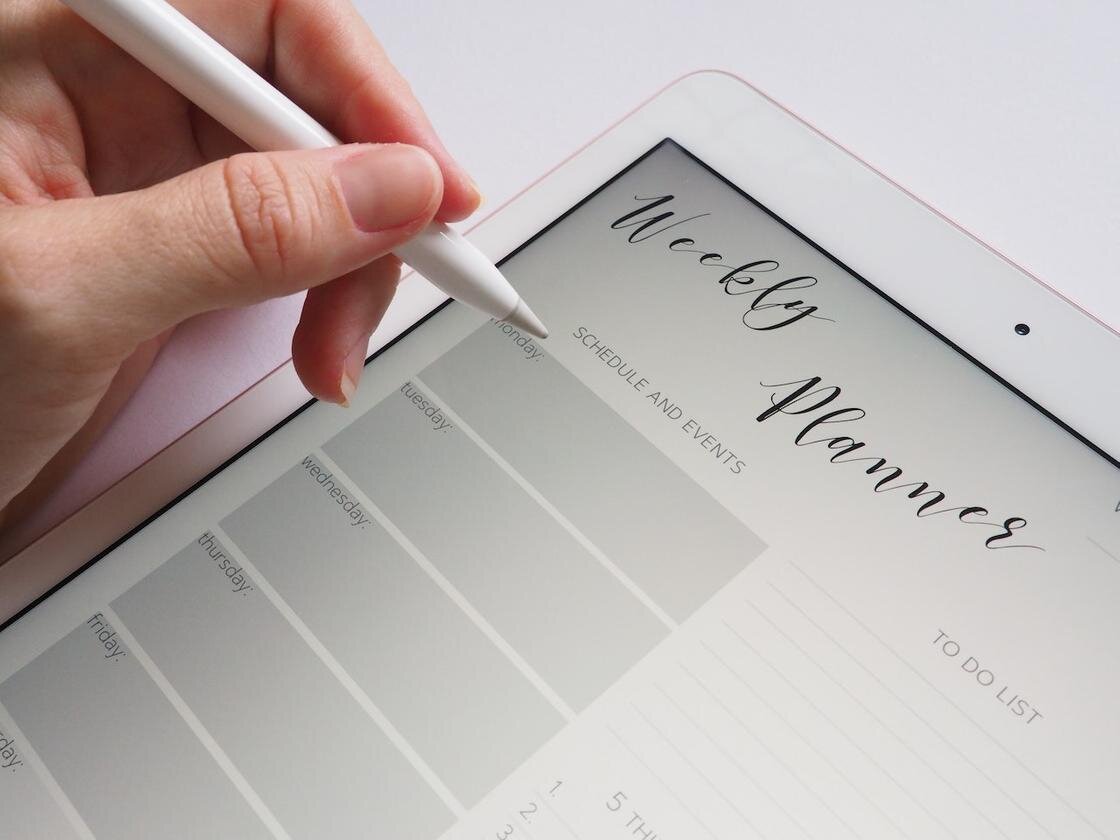Most people associate the word ‘daily routine’ with school, lessons and early rising. But adults also need a clear schedule. How to make a daily schedule, taking into account biorhythms and other peculiarities of the human body ?
Following a routine requires self-discipline and routine of doing the same things every day. However, having a proper routine and streamlining all aspects of life allows you to:

Competently distribute time.
Normalize the state of the human psyche.
Increase the general emotional background.
Strengthen health.
Significantly reduce fatigue and tendency to depression.
Educate punctuality and diligence.
Increase overall efficiency and efficiency.
Increase vitality.
The regime of the day is based on reflexes, which after a certain time are fixed and turn into useful habits. In this case, the human body, all its organs and systems work in a stable rhythm.
We have been trying to get used to a certain regime since childhood. However, trying to fit everyone into the same mold does not always lead to the desired results. Each person has their own biological rhythms. They are laid at the genetic level and affect the physiological features of a person, his psyche.
In order to allocate time properly, it is necessary to take into account the peculiarities of a person's life, his/her employment, expected workload and state of health. Include in the regime not only the performance of tasks, but also the time for eating, travelling around the area, rest, hygiene procedures.

What is the correct daily regime of a successful adult? When compiling it, most successful businessmen, politicians, scientists adhere to these rules:
Daily rise at the same time.
A ban on using the phone, checking the mail before breakfast.
Eating a breakfast of light, healthy and nutritious foods.
Planning important tasks for the first half of the day.
Alternating between intense work and rest.
Eating a full meal at the same time.
Organizing sufficient physical activity.
Taking stock of the past day.
Going to bed at a certain time each day.
Here's an example of a daily routine:
6:00 - rising.
6:15 - water procedures.
6:30 - exercise (a few simple exercises).
7:00 - breakfast.
8:00 - leave the house and drive to work. On the way, listen to an interesting podcast with new information, think about the list of tasks for the day.
9:00 - start of the working day. Organize your workflow so that you don't overload yourself and waste energy. Switch off your phone, log out of email and social media while you're doing your tasks. If necessary, check messages every hour and a half, but not more often.
12:00-13:00 - lunch break. Have lunch, take a walk, chat with colleagues on distracting topics.
13:00 - return to work and complete remaining tasks.
15:00-15:15 - coffee break or short walk.
18:00-19:00 - end of the working day and drive home. This time can be spent on a walk or going to the gym.
19:00 - dinner.
19:30-21:00 - free time (doing hobbies, socializing with people or attending events).
21:00-22:00 - rest, relaxation before going to bed (meditation, bath, reading books). Do not check work documents or watch TV.
22:00 - bedtime.
Full-fledged sleep - the key to energy and efficiency of a person. To fall asleep, spend .


















